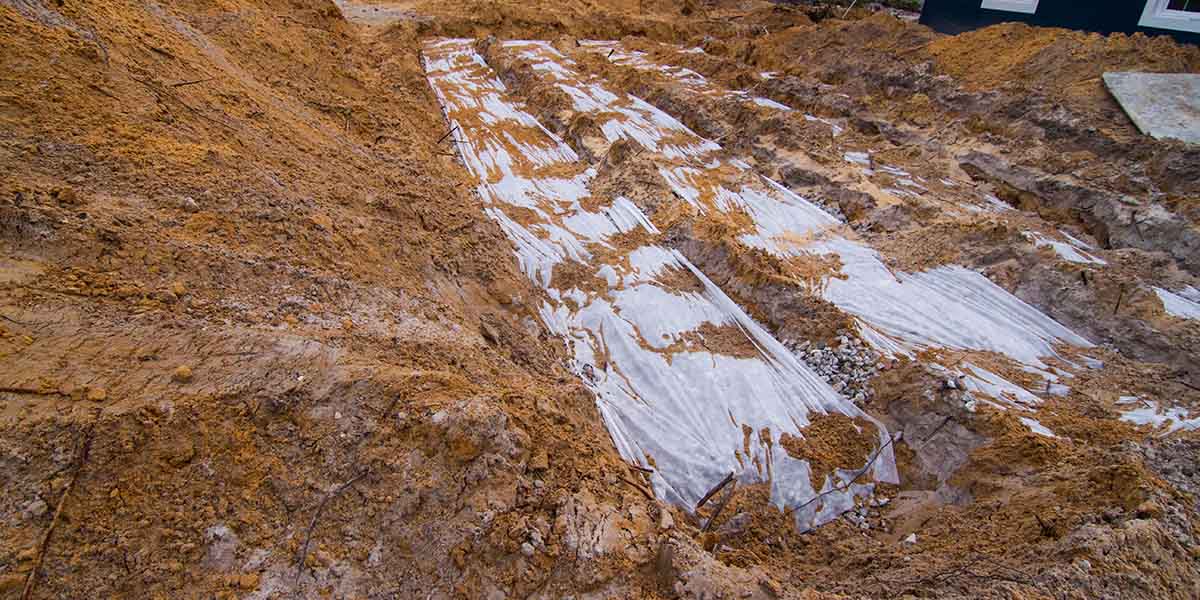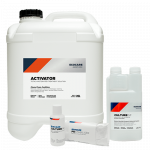A leach drain is the final component of a wastewater system which disposes of treated effluent underground. Often called septic trenches, leach fields or absorption trenches, these play a very important role in wastewater treatment.
The purpose of a leach drain is to capture the effluent from the septic tank and evenly distribute it into the surrounding soil. By evenly dispersing the effluent, the soil can process the nutrients, percolate bacteria and water can evaporate more easily.
A leach drain consists of three components. The drain, the aggregate and the surrounding soil.
The drain
The drain portion of the leach drain is usually made of concrete or polyethylene sections which contain vents that allow effluent to slowly pass through. Newer leach drain sections are covered by porous materials which allow water to pass through but prevent roots and soil from blocking the vents.
The aggregate
The aggregate consists of gravel and sand which act as a buffer between the drain portion and the surrounding soil. This performs two functions, first is to prevent soil from blocking the vents of the drain. Second is to evenly distribute the effluent into the surrounding soil, preventing pooling.
The surrounding soil
The soil surrounding the leach drain performs the final treatment process. The microbes in the soil break down excess nutrients and bacteria in effluent are filtered before the water slowly seeps out.
If you need help restoring your leach without paying thousands for repairs, get in touch with us to learn more about our biological solutions.
What makes our products different?
Most septic, AWTS or greywater treatment products add bacteria or enzymes to make up for low bacteria populations. While we do provide specialty bacteria, we know that the underlying cause of most wastewater issues is poor biological conditions within the system that kill the bacteria necessary for waste breakdown.
EcoCare’s Biological Stimulant Technology introduces select nutrients, minerals and amino acids that improve the biological conditions, overcome the damage caused by everyday household chemicals and allow beneficial bacteria to maintain healthy populations. This is what allows septic systems to operate at peak performance and minimises the need for pump outs and expensive repairs.


